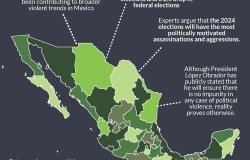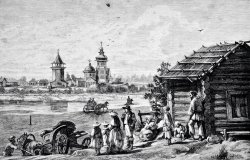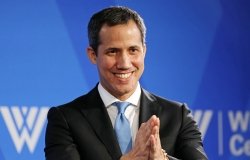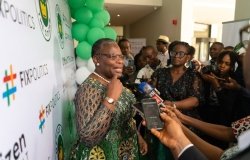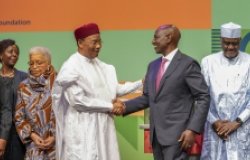Rand: US Engagement with Muslim Brotherhood Youth
In October 2012, a new Rand Corporation report highlighted divisions between Muslim Brotherhood youth and senior leadership in Egypt. Younger members are usually more progressive on social issues like gender equality and minority rights. They are also frustrated by the organization’s internal hierarchy, which provides them with limited leadership roles or responsibility. The report warns that US officials are not doing enough to engage with emerging leaders at the grassroots level.
In October 2012, a new Rand Corporation report highlighted divisions between Muslim Brotherhood youth and senior leadership in Egypt. Younger members are usually more progressive on social issues like gender equality and minority rights. They are also frustrated by the organization’s internal hierarchy, which provides them with limited leadership roles or responsibility. The report warns that US officials are not doing enough to engage with emerging leaders at the grassroots level. The following are key findings, with a link to the full text at the end.
Although individuals under the age of 35 make up a large share of the Muslim Brotherhood's membership, their participation is modeled on the principle of "listen and obey." This overbearing hierarchy has already led to splits within the Brotherhhod and will continue to present challenges going forward. These youth merit attention not only as a challenge to the Brotherhood's organizational cohesion, but also as a potential conduit for expanding US engagement with the group.
The Muslim Brotherhood Is Trending in Political Significance
- The group has emerged as a legal entity operating the Freedom and Justice Party, which won a strong plurality in parliament as well as the presidency.
- Internal challenges remain.
Youth Play Key Roles in the Group, But With Limited Influence
- Individuals under 35 are central to outreach efforts and as organizational "muscle," manning demonstrations used to communicate demands and challenge political competitors.
- Youth participation is modeled on a principle that puts them in a position of deference to an aging leadership, creating friction regarding not only their involvement, but also on the issues of mission prioritization, gender equality and minority rights, as well as the scope of political change.
- Chafing at such restrictions has led several of the best and brightest to separate from the Brotherhood, although these factions do not pose a significant electoral challenge to the Freedom and Justice Party.
- The real significance of these splinter groups is in laying down issue markers that the Brotherhood feels compelled to adopt.
US Officials Are Paying Closer Attention, but Run the Risk of a Skewed View
- Some US misperception may result from the fact that disproportionate attention is paid to splinter groups despite the fact that the majority of the youth cohort remains committed to the Brotherhood.
Click here for the full report.
Related Program

The Islamists
Learn more about Hamas and how it relates to similarly aligned organizations throughout the region. Read more
